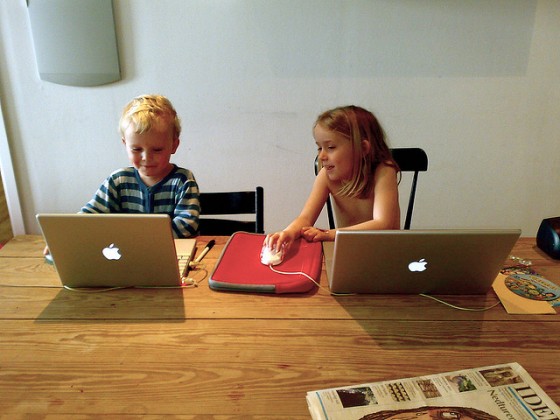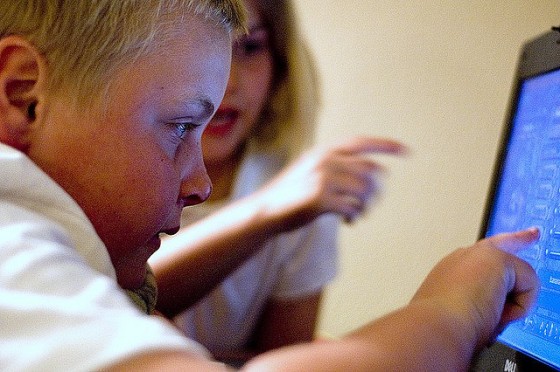Beginners Guide to User Testing With Children
With the emergence of tablet computers, smartphones and gaming devices, more and more children use modern technology from a very early age. You can almost say that children get sucked into the technological world straight from the cradle itself, creating new challenges for both their parents and developers worldwide
It is also known that children have a strong influence on their parents and today they are starting to recognize their role as consumers earlier than ever before!
But what does this mean for us? It`s quite simple really.
The need to user test our apps, websites and games has never been bigger!
This however brings along a problem. As UX designers we have tons of experience under our belt. We have done usability tests with teens and adults, but young children have often been neglected as a general user group. What`s even more concerning: some of us are not so sure about the methods themselves.
So how can we do it correctly? Here are six tips on how to get user testing right, the first time!
Find a Relaxed Environment
A typical lab setting is often too intimidating for children unless you have a very child friendly office. If you have a traditional testing lab then you need to make your office as relaxed as possible, but the best place would still be the child`s natural environment.
At our office we have multiple walls which can be drawn on with special markers and it`s not surprising that they are a real hit with children and adults alike. We also reward the children for their efforts. So far the reaction from both the children and their parents have been nothing but positive.

Make sure the environment is as comfortable as possible for both yourself and the child. If the child feels slightly nervous or anxious then the quality of your test results will likely suffer.
Give Them a Tour
When you invite children and their parents to your lab or office then do give them a grand tour of the surroundings. Letting children see the environment and goof around will help to build trust in both you and your company.
The worst thing you can do is start the testing session the very moment they set their foot in your office. This applies to regular testing sessions as well.
Make Sure You Have Child Friendly Lab Equipment
Normal sized devices can be difficult to work with for children who have small hands and a slightly smaller range of motion. If you are testing websites then make sure you have the equipment best suited for the task.
For example a smaller mouse could make the experience much more pleasant than using a regular sized mouse.
The table and chair must also be adjustable to smaller sizes.
Take the Time
Children need the extra time to learn about the environment they are in. This means that the length of the sessions will likely be longer, while the actual tests take less time than usual. This is due to the short attention span of children. Keep this in mind and the end results will be that much better.

Try to connect with the child before handing him or her tasks. Some children can be more closed than others and require more time to fully open up and feel free in the new environment. It is also advisable to do the testing sessions in pairs of two.
Talk With the Parents First
It is adamant that the parents understand their role. Very young children will likely want their mother or father to accompany them in the sessions. If this is the case, allow the parents to stay in the room, but ensure that they are fully aware that they should not help the child complete the tasks required.
You also need to make sure that you understand the legal aspects of perfoming these tests. Even small things such as touching a child´s arm can backfire. If you do need a more hands on approach then always ask permission from the parents first.
Pay Attention to Non-Verbal Cues
Children can often tell you more with non-verbal cues and verbal, so pay close attention to their body language and reactions. They might sometimes be too shy or feel the need to give out answers the moderator wants to hear – the so-called “school teacher effect”.
Ensure them that they are not in a classroom and that there are no right and wrong answers here.
Conclusion
Usability tests with children can be very fun and leave both parties feeling energized. Remember the tips talked about here, combine them with traditional testing methods and you are bound to get good results fast!
PS: If you find this post helpful then it would mean the world to us if you would share it with others as well! :)
IMAGE CREDITS
First image: http://bit.ly/11h0mzA
Second image: http://bit.ly/1b3fmXj
Third image: http://bit.ly/11XA0Zk







